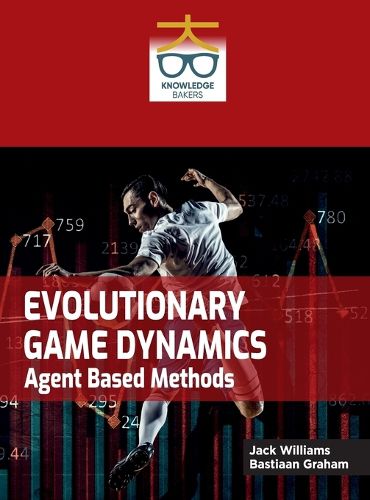Readings Newsletter
Become a Readings Member to make your shopping experience even easier.
Sign in or sign up for free!
You’re not far away from qualifying for FREE standard shipping within Australia
You’ve qualified for FREE standard shipping within Australia
The cart is loading…






-Provides an overview of the book and introduces the concept of agent-based modeling in the context of evolutionary game dynamics and introduces the reader to the basics of agent-based modeling and evolutionary game dynamics.
-Explores the behaviour of agents when they are connected in a network rather than a grid. This chapter examines the impact of different revision protocols and payoff functions on the behavior of agents.
-Focuses on the formation of networks as an endogenous process that arises from the interactions among agents and also deals with games involving more than two populations.
-Introduces a technique for solving the mean dynamics of a system at runtime also provides a summary of the models presented in the book, including their key features and results.
-It is primarily aimed at researchers, students, and professionals interested in the fields of game theory, evolutionary dynamics, and agent-based modeling. It is also relevant to those working in related areas such as computational social science, artificial intelligence, and complexity science.
$9.00 standard shipping within Australia
FREE standard shipping within Australia for orders over $100.00
Express & International shipping calculated at checkout
-Provides an overview of the book and introduces the concept of agent-based modeling in the context of evolutionary game dynamics and introduces the reader to the basics of agent-based modeling and evolutionary game dynamics.
-Explores the behaviour of agents when they are connected in a network rather than a grid. This chapter examines the impact of different revision protocols and payoff functions on the behavior of agents.
-Focuses on the formation of networks as an endogenous process that arises from the interactions among agents and also deals with games involving more than two populations.
-Introduces a technique for solving the mean dynamics of a system at runtime also provides a summary of the models presented in the book, including their key features and results.
-It is primarily aimed at researchers, students, and professionals interested in the fields of game theory, evolutionary dynamics, and agent-based modeling. It is also relevant to those working in related areas such as computational social science, artificial intelligence, and complexity science.